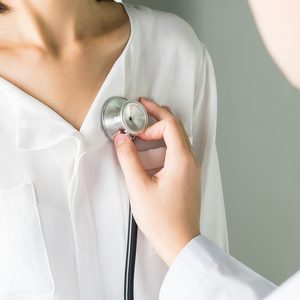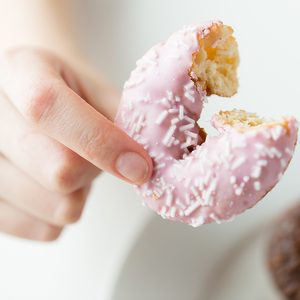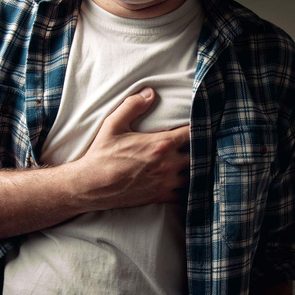I Thought I Needed a Nap. Turns Out, I Was Having a Heart Attack
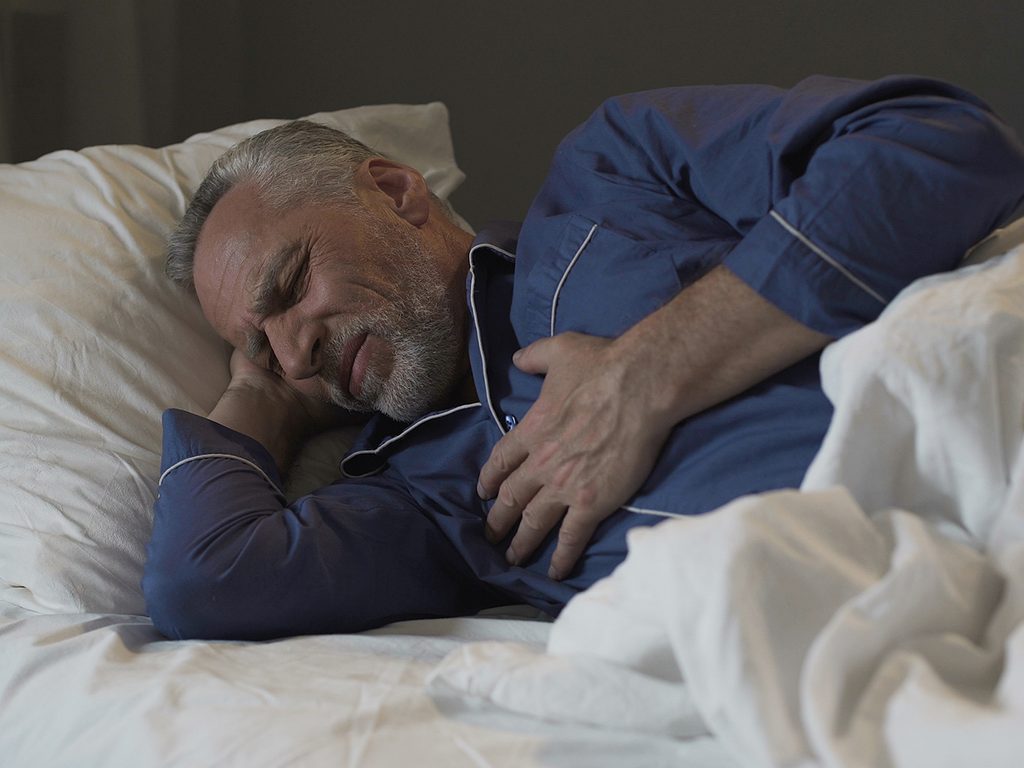
Not every heart attack is sudden and intense. This Elvis impersonator—and silent heart attack survivor—shares how skipping a nap saved his life, plus how he recovered using cardiac rehabilitation.
When most people think about a heart attack, they picture quick, intense chest pain and sudden shortness of breath. But as many as one in five people who have a heart attack have mild, if any, symptoms. This is known as a “silent” heart attack and it’s more common in men than women.
The consequences can be dire: People who have a silent heart attack are less likely to get treatment because they don’t realize they’re experiencing one. This puts them at a much greater risk of dying from coronary artery disease than people who have a classic heart attack and seek treatment immediately.
The day that Danny Vann, 67, started to experience extreme fatigue while at work, he chalked it up to being out of shape. Turns out, he was having a heart attack—an experience that set him on a long journey to recovery and newfound purpose. This is his story.
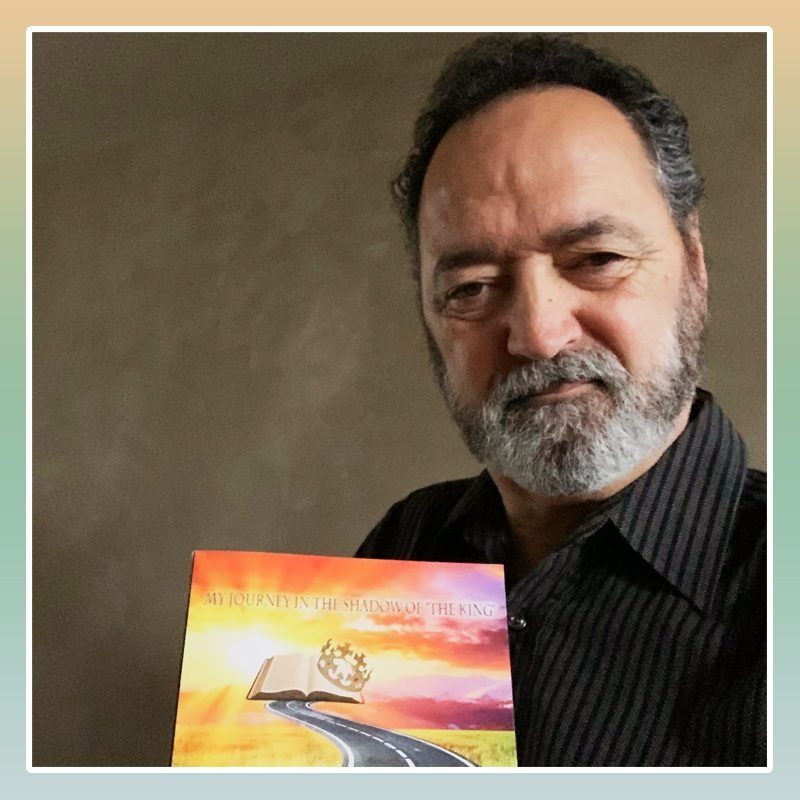
A long family history of heart disease
My family’s history with cardiovascular disease has been a long and tragic one. My grandma had multiple strokes. My Uncle Bert was walking down the street one day when he keeled over—a classic heart attack at just 42 years old. Similarly, my Uncle Don went to bed one night and never woke up. Then there was my Dad, who had a quadruple bypass at age 62. Five years later, he was cooling off in the house after trimming a tree in his backyard when he realized he left the ladder outside. He went out to retrieve it and never came back.
Needless to say, when my cholesterol levels started to creep up in my late 30s I knew it was something I needed to take seriously. In 1998, when I was 45, I had an angina—chest pain due to decreased blood flow to the heart—and my wife called 911. It wasn’t a heart attack, but the doctors did discover some blockages and they performed double bypass surgery. (Here’s how to know when high blood pressure is an emergency.)
Prioritizing my health
After that first surgery, I started experimenting with all sorts of holistic solutions to keep my cholesterol under control. I took red rice yeast extract, ate grapefruit, and adopted a vegetarian diet for a while. The diet changes definitely prolonged my life, but the other things—not so much. No matter what I did, if I went off my meds my cholesterol would shoot up over 300 milligrams per deciliter (mg/dL). A normal range of total cholesterol levels should be less than 200 mg/dL. (These are the worst foods for cholesterol.)
Nonetheless, I can confidently say that besides my cholesterol, I was in great shape during those years. I was balancing a full-time job in corporate America and performing as an Elvis impersonator on the side. I would work 50 to 60 hours a week and then travel across the country and to Canada to do 40 to 60 shows a year.
As you can imagine, I got a physical workout every time I was onstage, singing and doing the dance moves. I was in better shape than most people my age. I was never in perfect health because of my heart, but no one could believe what I was doing at my age.
Exhaustion, fatigue, and powerless
By 2013, I was 58 and semi-retired from entertaining, but I agreed to do a show. Doing Elvis at that age would be hard for anyone, plus I’d let myself get a little out of shape. I really struggled to get through some of the songs, and by the end of the concert, I was more exhausted than ever. I didn’t think anything of it, assuming it was just that I had let myself get out of shape.
A few weeks later, I went to work and was feeling really groggy. I also had a very sharp pain in my back under my left shoulder blade. I assumed that was the result of a chiropractic adjustment I’d had a couple of days before.
I called my wife and told her I didn’t feel right and she urged me to come home. But I had a big presentation that afternoon—I was the lead project manager for a multimillion-dollar project—that I couldn’t miss.
I went down to my car and took a 20-minute power nap. Afterward, I felt a little better so I returned to do the presentation. About 10 minutes in, I felt all the energy drain out of me again and I knew it wasn’t good. I reached a point in the presentation when I could let my second-in-command take over, called my wife to tell her I was on my way, and I headed home. (Learn about the 50+ health symptoms you should never ignore.)
Reluctantly seeking urgent care
When I walked in the door, my wife took one look at me and said, “You need to go to the ER right now.” I dismissed her, saying I just needed to take a nap and I would be fine. But she knew something wasn’t right, so she called my mom for back up.
“What’s the big deal? Just go get checked out,” my mom urged. Still, I pushed back. Then they called my sister, who was studying to be a nurse at the time. “Look Dan,” she said. “This doesn’t make sense. You could have been at Urgent Care or at the ER by now.”
I still thought I’d be fine if I could just lie down for a bit. But if only to silence them, I agreed to let my wife drive me to Urgent Care.
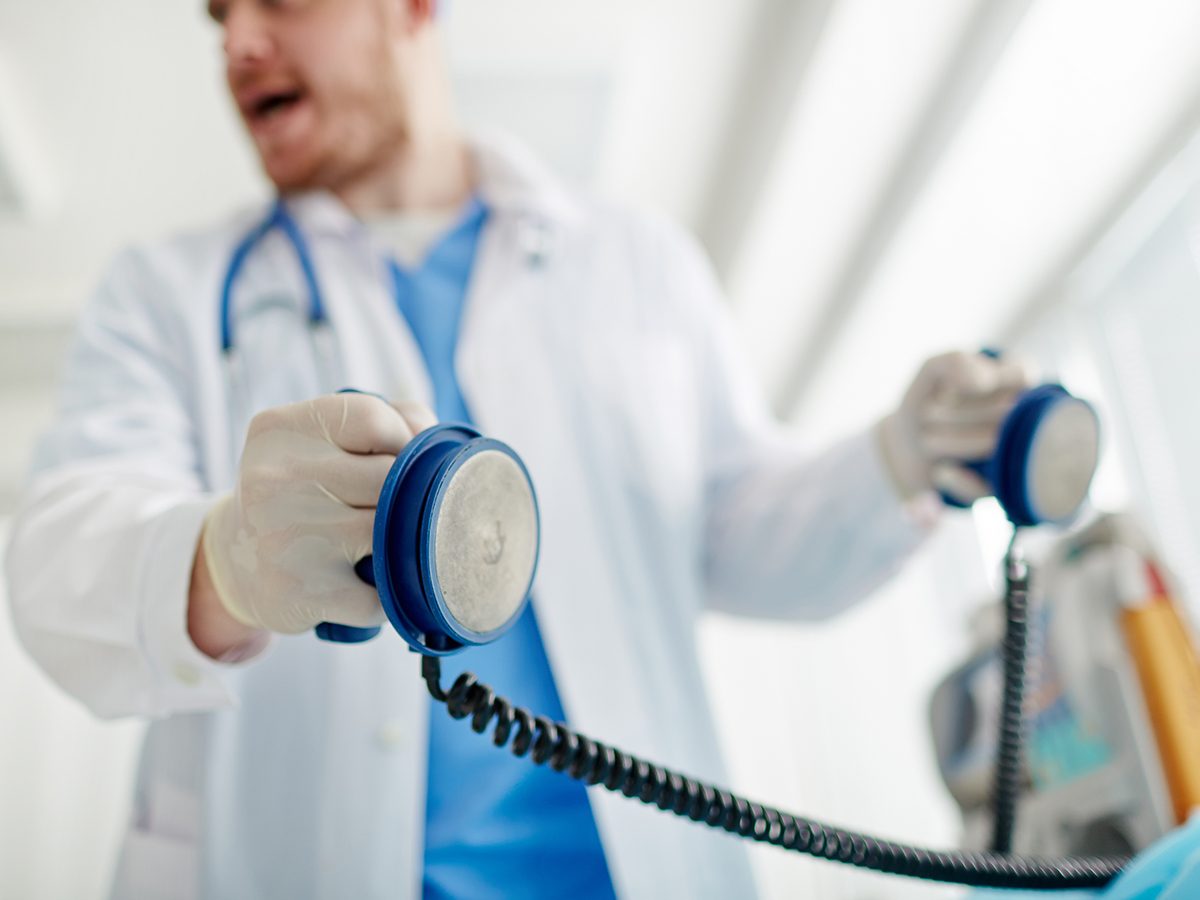
Proof of a heart attack
At the clinic, things finally got real for me. After doing some bloodwork, they told me they were calling an ambulance to take me to the ER because it looked like I was having a heart attack. They gave me four baby aspirins, loaded me into the ambulance, and off I went.
In the ER, they ran more tests. After about three hours, they came back and confirmed that I had been having a heart attack, saying it was a good thing I had come in when I did. They scheduled me for an immediate heart catheterization—a procedure to open up clogged arteries—and put a stent in that day.
Afterward, the cardiologist explained to me that because I was essentially having a heart attack for a few hours, I’d lost about 30 percent of my heart’s ability to pump blood. One of my arteries—the one that’s known as the widow maker and one that I’d had replaced in my bypass surgery 15 years earlier—had totally collapsed. Plus, I was in the advanced stages of atherosclerosis.
If I’d taken a nap, like I wanted to, I likely never would have woken up.
“No more singing, no more work,” my doctor told me. I tried to reason with him, but he wasn’t messing around. “If you go back to work, you will die,” he said. “Your arteries won’t be able to handle it.” (These heart tests might just save your life.)
Focusing on cardiac rehabilitation
With no work and no performing, I threw myself into rehab. I went to all the sessions and took all the training they offered. But I wasn’t out of the woods yet.
Six months after my heart attack, I was out on a very slow walk when I went into AFib (short, for atrial fibrillation). AFib is an irregular heartbeat that can lead to blood clots, stroke, and other heart-related complications. I ended up having another heart catheterization (one of eight over the next two years) and another stent placed.
Two and a half years after the heart attack I was back to only around 50 percent of my previous energy levels. But I didn’t give up. I had seen what happened to my uncles and my dad and I knew I wanted to spend time with my grandkids someday—that was my motivation.
I followed doctors’ orders across the board. Not only did I make all the diet changes they recommended, but I bought a treadmill so I could stick to my walking exercise in the winter. In rehab, I learned that in order for exercise to really help my cardiovascular system, I needed to get my heart rate 20 to 30 beats higher than my resting heart rate. I would need to sustain that for at least 20 to 30 minutes. So I also bought a monitor and logged all my numbers. (Here are 9 walking mistakes you didn’t know you were making.)
My self-healing heart
At a more recent appointment with my cardiologist, he made a discovery that left him flabbergasted. Since I was pushing myself so hard and sticking to my exercise program so religiously, my heart had actually started growing new bypasses!
My atherosclerosis was still bad and we knew that one of the older replacement arteries was deteriorating. When it finally failed, I hardly noticed it—the new arteries just took over. And not only that, my doctor said that it seemed like my heart was repairing some of the damage that had been caused by my heart attack. (This is the scientific reason winter is prime heart attack season.)
Finding new purpose
If I’d taken a nap that day, I could have been just another statistic like my dad and my uncles. Instead, I recently passed the age that my dad lived to—and I don’t plan on going anywhere any time soon. I’ve even found a new passion and a way to give back.
During my hours spent on the couch as I was recovering from my heart attack, I wrote a book about my life, My Journey in the Shadow of “The King.” It’s about how the church and Elvis shaped my life and helped me find purpose. As a former foster kid, I’ve been sharing it with current and former foster kids to show them that they have the support they need and can be the people they want to be.
—As told to Alyssa Sybertz
Next, here are 50 heart health tips from cardiologists.
